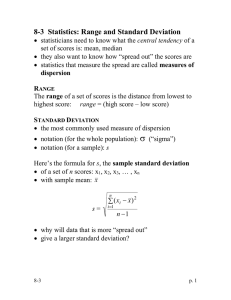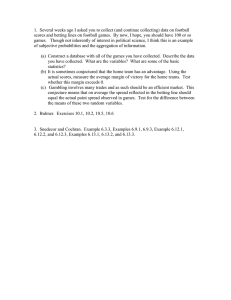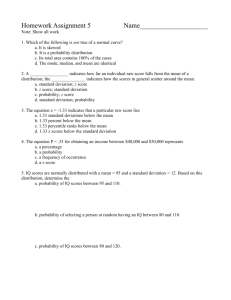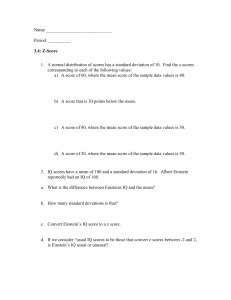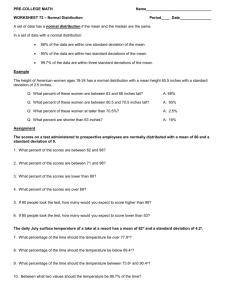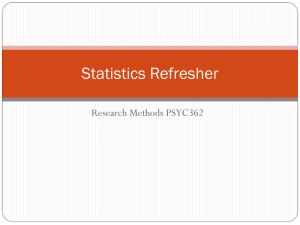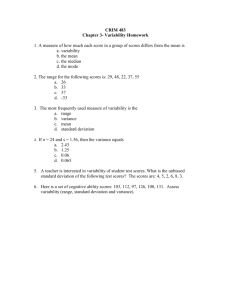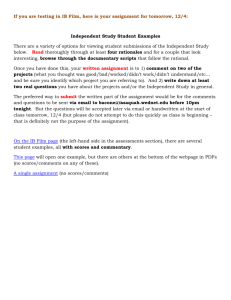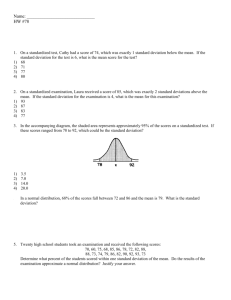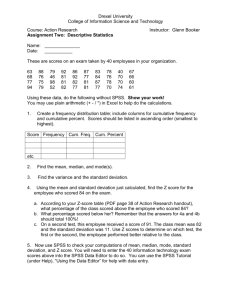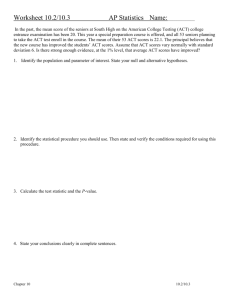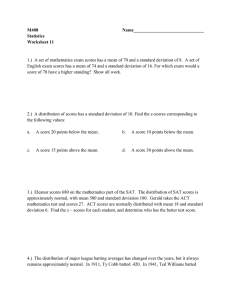(GV version)
advertisement
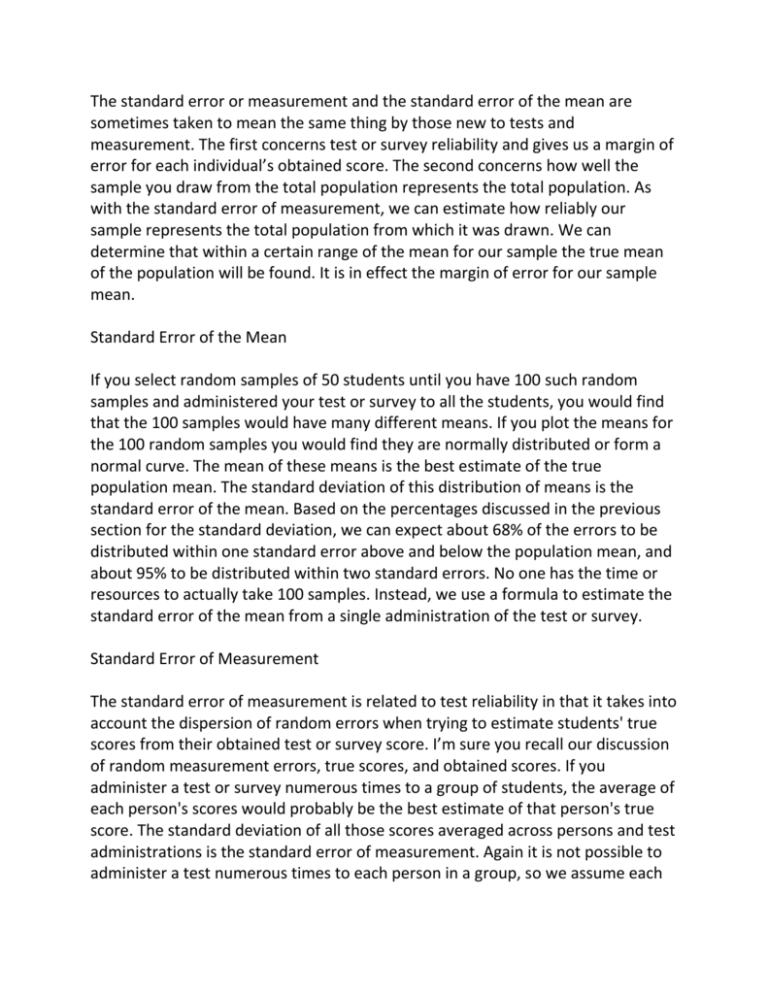
The standard error or measurement and the standard error of the mean are sometimes taken to mean the same thing by those new to tests and measurement. The first concerns test or survey reliability and gives us a margin of error for each individual’s obtained score. The second concerns how well the sample you draw from the total population represents the total population. As with the standard error of measurement, we can estimate how reliably our sample represents the total population from which it was drawn. We can determine that within a certain range of the mean for our sample the true mean of the population will be found. It is in effect the margin of error for our sample mean. Standard Error of the Mean If you select random samples of 50 students until you have 100 such random samples and administered your test or survey to all the students, you would find that the 100 samples would have many different means. If you plot the means for the 100 random samples you would find they are normally distributed or form a normal curve. The mean of these means is the best estimate of the true population mean. The standard deviation of this distribution of means is the standard error of the mean. Based on the percentages discussed in the previous section for the standard deviation, we can expect about 68% of the errors to be distributed within one standard error above and below the population mean, and about 95% to be distributed within two standard errors. No one has the time or resources to actually take 100 samples. Instead, we use a formula to estimate the standard error of the mean from a single administration of the test or survey. Standard Error of Measurement The standard error of measurement is related to test reliability in that it takes into account the dispersion of random errors when trying to estimate students' true scores from their obtained test or survey score. I’m sure you recall our discussion of random measurement errors, true scores, and obtained scores. If you administer a test or survey numerous times to a group of students, the average of each person's scores would probably be the best estimate of that person's true score. The standard deviation of all those scores averaged across persons and test administrations is the standard error of measurement. Again it is not possible to administer a test numerous times to each person in a group, so we assume each person’s obtained score can be used to estimate their true score using the standard error of measurement to determine a margin of error.

